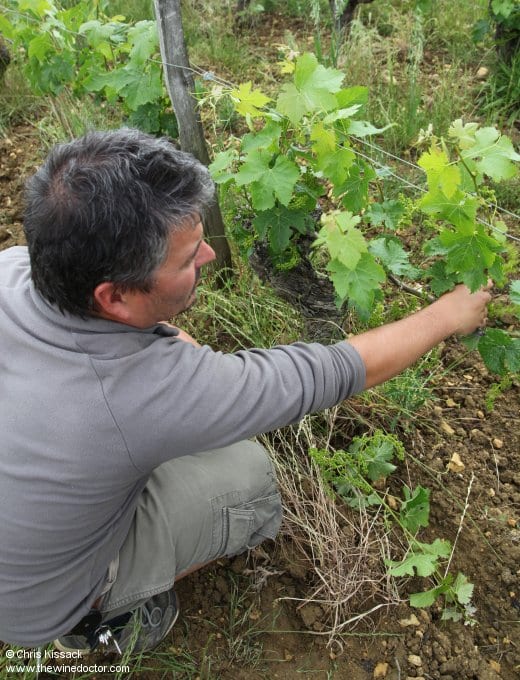Loire 2018: Winter
The winter that took us from 2017 into 2018 was a very cold one at times. The weather was at its most bitter in late February, the mercury taking a nosedive when a super-cold mass of air from the Arctic slid down over much of Western Europe. The tabloid press in the UK were quick to christen this icy weather phenomenon the Beast from the East, even though I distinctly recall that when I went to school the Arctic was not to the east of Europe, but to the north. The biggest threat that genuinely came from east of Europe in 2018 was not bad weather, but Novichok poisoning. Given the choice, I am sure I would opt for the cold weather.
The displaced polar vortex (or Beast from the East if you prefer) produced the coldest spell of the winter, the temperatures slipping downwards from February 25th onwards. By February 28th the night-time temperatures bottomed out at -7ºC in the Nantais, -7.5ºC in Anjou, -8.5ºC up in Touraine and as low as -9.9ºC in the Central Vineyards. If nothing else, it demonstrated nicely the difference between the maritime climate enjoyed by Muscadet and the Fiefs-Vendéens, milder in winter thanks to the moderating effects of the Atlantic, the Lac de Grand Lieu and of course the broad waters of the Loire itself, and the much colder continental climate that shapes the weather around Sancerre and Pouilly-Fumé.
There was a second displaced polar vortex, albeit much less severe, in the second half of March. If memory serves me correctly, British hacks unimaginatively christened this one the Mini-Beast from the East. Regardless of names, however, these paired weather phenomena brought two spells of very low temperatures to the vineyards of the Loire Valley. As everyone probably already knows, this is potentially beneficial, as a really cold spell can kill a lot of over-wintering pests in the vineyard. A second benefit, however, and perhaps one more pertinent to the story of other recent vintages in this region, is that the colder and longer the winter is, the less keen the vines will be to enter budbreak. And the later the budbreak, the less time the vigneron must wait before the temperatures start picking up, and he or she knows the risk of frost is finally past. And after the extensive frost damage of 2016 and 2017, nobody was looking for that phenomenon to be repeated.

